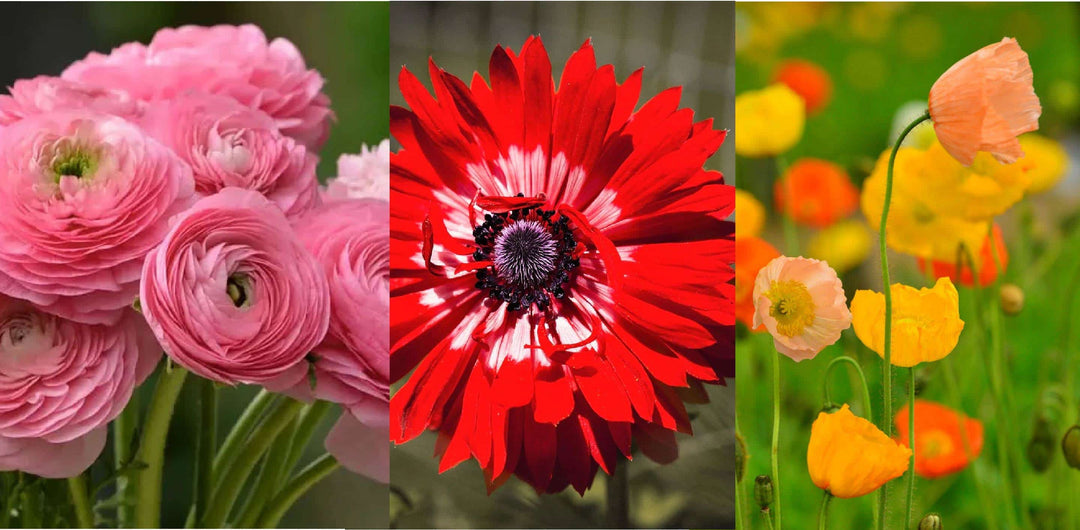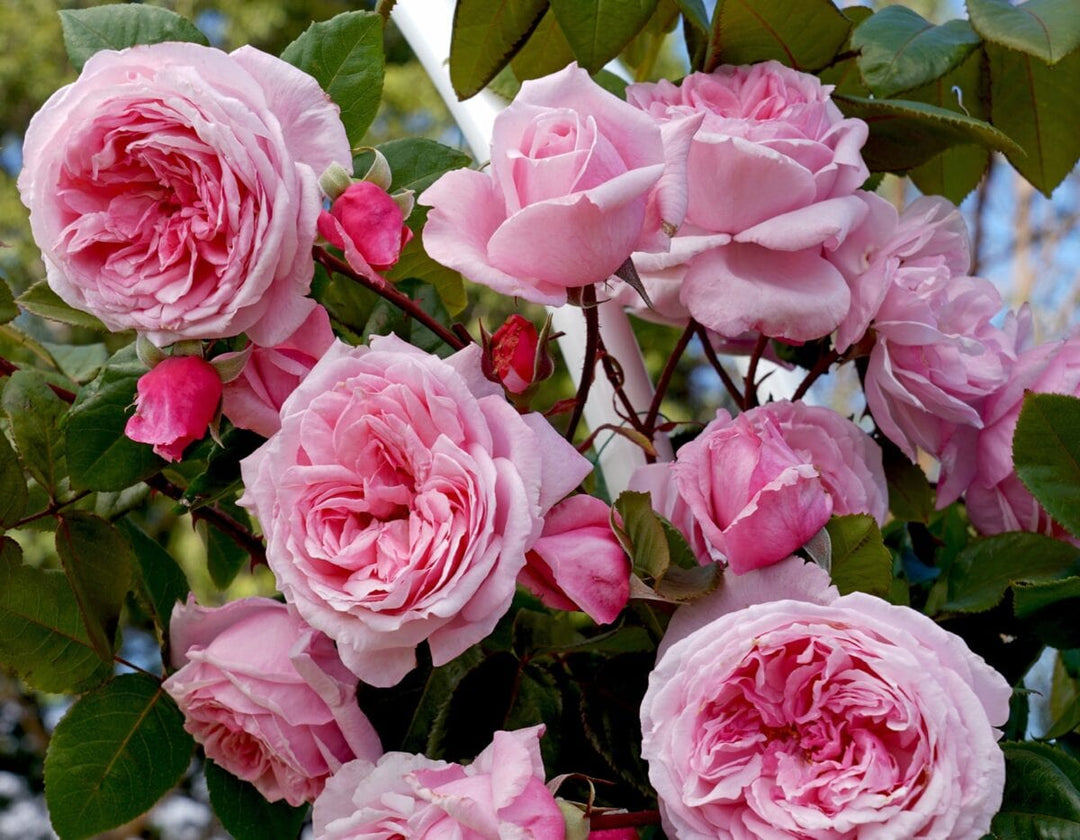How To Grow Hygrangeas
Hydrangeas, the magnificent flowering plants, have become a favorite among garden enthusiasts. The allure of these beautiful blooms goes beyond their vibrant colors and intricate petal formations. Growing hydrangeas not only adds a touch of elegance to any garden but also brings with it a plethora of benefits.
First and foremost, growing hydrangeas is an absolute delight for those with a green thumb. These plants are relatively easy to cultivate, making them an ideal choice for both experienced gardeners and beginners alike. With proper care and attention, you can witness these blooms flourish and transform your outdoor space into a picturesque haven.
Furthermore, hydrangeas provide versatility in terms of their growth patterns and colors. From the classic blue or pink hues to shades of white and purple, there is a wide range of options to suit any preference or garden theme. Their ability to adapt to different soil types and climates make them suitable for various regions across the globe.
In addition to their aesthetic appeal, hydrangeas also offer numerous environmental benefits. These plants attract pollinators such as bees and butterflies, contributing to the overall health of your garden ecosystem. Moreover, they can act as natural air purifiers by absorbing harmful pollutants from the surrounding atmosphere.
Another compelling reason to grow hydrangeas is their longevity. Once established properly, these hardy plants can thrive for many years with minimal maintenance requirements. This means that you can enjoy their beauty season after season without having to invest excessive time or energy into upkeep.
In conclusion, growing hydrangeas is not only visually rewarding but also brings several advantages along the way. From their ease of cultivation to the array of colors they offer, these plants add charm and elegance to any outdoor space. So why not embark on this delightful gardening journey? Start growing hydrangeas today and experience firsthand the joy they bring!
Providing Optimal Growing Conditions for Hydrangeas

To ensure these beautiful plants thrive and flourish, proper care is crucial. From ideal soil conditions to sunlight requirements, watering techniques to fertilizing tips - there are several key aspects to consider. Let's explore together the essential care tips for hydrangeas that will help you create a thriving and picturesque garden display.
| Common Names | Hydrangea, hortensia |
| Botanical Name | Hydrangea spp. |
| Family | Hydrangeaceae |
| Plant Type | Shrub |
| Mature Size | 2-20 ft. tall, 2-6 ft. wide |
| Sun Exposure | Full, partial |
| Soil Type | Moist, well-drained |
| Soil pH | Acidic, neutral, alkaline |
| Bloom Time | Summer, fall |
| Flower Color | White, blue, pink, red, purple, green |
| Hardiness Zones | 5—9 (USDA) |
| Native Area | Asia, North America |
| Toxicity | Toxic to pets |
How to Plant Hydrangeas

-
When planting space hydrangeas, keep in mind their expected size at maturity. It's great that you understand the importance of spacing them accordingly. This thoughtful approach will ensure that your space hydrangeas have enough room to grow and flourish. Spacing should be 3ft to 10ft depending on the variety.
-
Taking care of plants can be such a rewarding activity! When it comes to handling hydrangeas, it's important to be gentle. Start by removing the plant from its container and carefully examining its root ball. If you notice any parts that are dead or rotting, simply snip them off. Additionally, if the plant seems to be tightly bound by its roots, gently tease them free. Your effort and attention will surely help the hydrangea thrive!
-
When planting, it's important to dig a hole that matches the size of the root ball. By making it 2 to 3 times as wide, you give the plant plenty of room to grow and establish its roots. Remember to place the base of the plant at ground level so that it has a stable foundation.
-
Gently place the plant in the hole and add soil until it is half-filled. Then, generously water the plant. Once the water is absorbed, fill the remaining part of the hole with soil and give it a thorough watering once more.
Pruning Techniques to Promote Healthy Growth and Abundant Blooms

Hydrangeas are beloved for their stunning blooms and vibrant colors. To ensure that they thrive and continue to dazzle year after year, proper pruning is essential. Luckily, with the help of this guide, you'll learn the correct techniques for pruning hydrangeas and when to prune different types of these beautiful plants.
When it comes to pruning hydrangeas, timing is everything. The best time to prune depends on the specific type of hydrangea you have. For those with bigleaf (macrophylla) hydrangeas, it's recommended to prune them immediately after they finish blooming in the summer. This allows them ample time to develop new buds for next year's blossoms.
On the other hand, if you have panicle hydrangeas (paniculata), late winter or early spring is the ideal time for pruning. This gives these varieties enough time to establish new growth before their blooming season begins.
Rejuvenation pruning can also be a valuable technique for hydrangeas that have become overgrown or lackluster in appearance. This method involves cutting back the entire plant close to ground level during late winter or early spring. While it may seem drastic, rejuvenation pruning stimulates fresh growth and can lead to a more vigorous and abundant display of blooms.
When taking on any pruning task, it's important to use sharp and clean tools to make precise cuts without causing unnecessary damage. Remember to remove any dead or damaged wood first before moving on to shaping or thinning out your hydrangea bushes.
By following these tips and guidelines for correct pruning techniques and understanding when each type of hydrangea should be pruned, you'll help your plants flourish and showcase their true beauty season after season. Happy gardening!
Looking for more? Check out the latest episode of Get Up and Grow with our President Gord Nickel, All About Hydrangeas - below!









